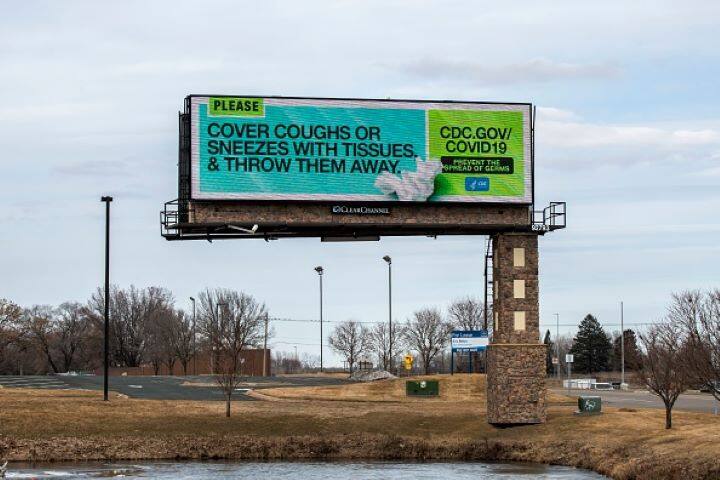The Centers for Disease Control and Prevention (CDC) in the United States have revised its guidelines related to Coronavirus being airborne.
The new global advice says current evidence suggests that coronavirus mainly spreads through close contact via aerosols or droplets and it can also spread within poorly ventilated and crowded indoor spaces because aerosols can remain suspended in the air and travel more than a metre.
Also Read|Lancet Editorial Slams Modi Govt For Ignoring 2nd Wave Warnings: Congress Ups The Ante
It says the most common way to get infected is to breathe in small droplets or particles from an infected person who is standing within two metres, or having small droplets and particles land on the eyes, nose or mouth, especially from cough and sneezes.
The agency states: “Inhalation of air carrying very small fine droplets and aerosol particles that contain infectious virus. Risk of transmission is greatest within three to six feet of an infectious source where the concentration of these very fine droplets and particles is greatest."
It however also warned that airborne virus can be transmitted even if the infectious source is farther than six feet in certain conditions, largely indoors.
"People release respiratory fluids during exhalation (e.g., quiet breathing, speaking, singing, exercise, coughing, sneezing) in the form of droplets across a spectrum of sizes. These droplets carry virus and transmit infection," the revised guidelines on the website noted.
Recently, a Lancet study, justifying the clamour, said that there is consistent and strong evidence that the SARS-CoV-2 virus is predominantly transmitted through the air.


